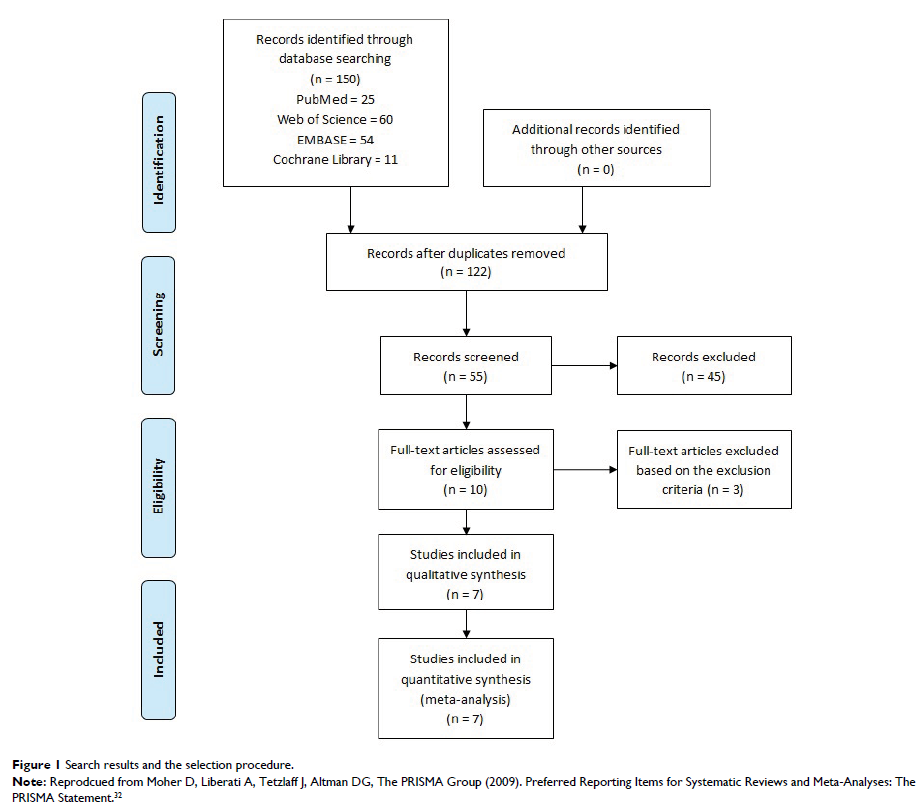108605
论文已发表
注册即可获取德孚的最新动态
IF 收录期刊
- 3.4 Breast Cancer (Dove Med Press)
- 3.2 Clin Epidemiol
- 2.6 Cancer Manag Res
- 2.9 Infect Drug Resist
- 3.7 Clin Interv Aging
- 5.1 Drug Des Dev Ther
- 3.1 Int J Chronic Obstr
- 6.6 Int J Nanomed
- 2.6 Int J Women's Health
- 2.9 Neuropsych Dis Treat
- 2.8 OncoTargets Ther
- 2.0 Patient Prefer Adher
- 2.2 Ther Clin Risk Manag
- 2.5 J Pain Res
- 3.0 Diabet Metab Synd Ob
- 3.2 Psychol Res Behav Ma
- 3.4 Nat Sci Sleep
- 1.8 Pharmgenomics Pers Med
- 2.0 Risk Manag Healthc Policy
- 4.1 J Inflamm Res
- 2.0 Int J Gen Med
- 3.4 J Hepatocell Carcinoma
- 3.0 J Asthma Allergy
- 2.2 Clin Cosmet Investig Dermatol
- 2.4 J Multidiscip Healthc

布比卡因脂质体浸润与肌间沟神经阻滞在全肩关节成形术后提供类似的疼痛缓解:系统综述和荟萃分析
Authors Sun H, Li S, Wang K, Zhou J, Wu G, Fang S, Sun X
Received 20 June 2018
Accepted for publication 26 July 2018
Published 18 September 2018 Volume 2018:11 Pages 1889—1900
DOI https://doi.org/10.2147/JPR.S177716
Checked for plagiarism Yes
Review by Single-blind
Peer reviewers approved by Dr Colin Mak
Peer reviewer comments 2
Editor who approved publication: Dr Michael Ueberall
Objective: Controversy still exists regarding the efficiency and safety of
liposomal bupivacaine (LB) vs interscalene nerve block (INB) for pain
management after total shoulder arthroplasty (TSA). The aim of the present
meta-analysis was to perform a relatively credible and overall assessment to
compare the efficiency and safety of LB-based infiltration vs INB for pain
management after TSA.
Methods: The PubMed, Cochrane Library, Web of Science, and EMBASE were
systematically searched. Only studies published up to March 2018 comparing LB
vs INB for pain control after TSA were included. The primary outcome extracted
from the studies was postoperative pain score at different periods. The
secondary outcomes included total opioid consumption, length of hospital stay,
and complications.
Results: Seven studies with 707 patients were included in this study. No
statistically significant difference was observed between the LB and INB groups
in pain scores at 8 hours, 12 hours, 24 hours, postoperative day (POD) 1, and
POD 2. The two groups also showed comparable total opioid consumption at POD 0,
POD 1, POD 2, and length of hospital stay. The LB group had a significantly
higher pain score at 4 hours (standard mean difference =0.65, 95% CI=0.07 to
1.24, P =0.03) but a lower occurrence
rate of complications than did the INB group (OR =0.51, 95% CI=0.28 to
0.91, P =0.02).
Conclusion: This meta-analysis revealed that INB provides excellent analgesic
effects within 4 hours after TSA, while patients treated with LB infiltration
experienced significantly less occurrence rate of complications after TSA. In
general, both approaches provide similar overall pain relief and have similar
opioid consumption after TSA, with no significant difference in the length of
hospital stay. Nevertheless, more high-quality randomized controlled trails
with long-term follow-up are still required to make the final conclusion.
Keywords: liposomal bupivacaine, interscalene nerve block, total shoulder
arthroplasty, meta-analysis
